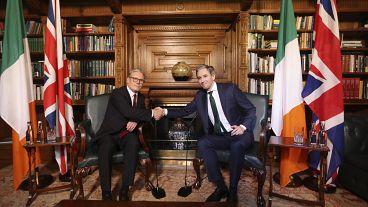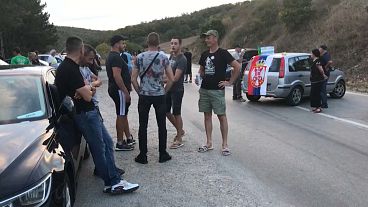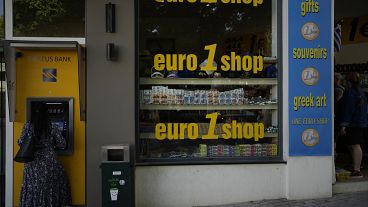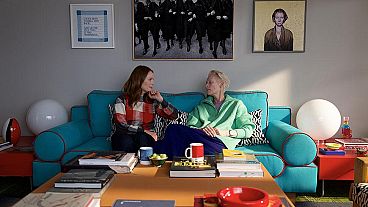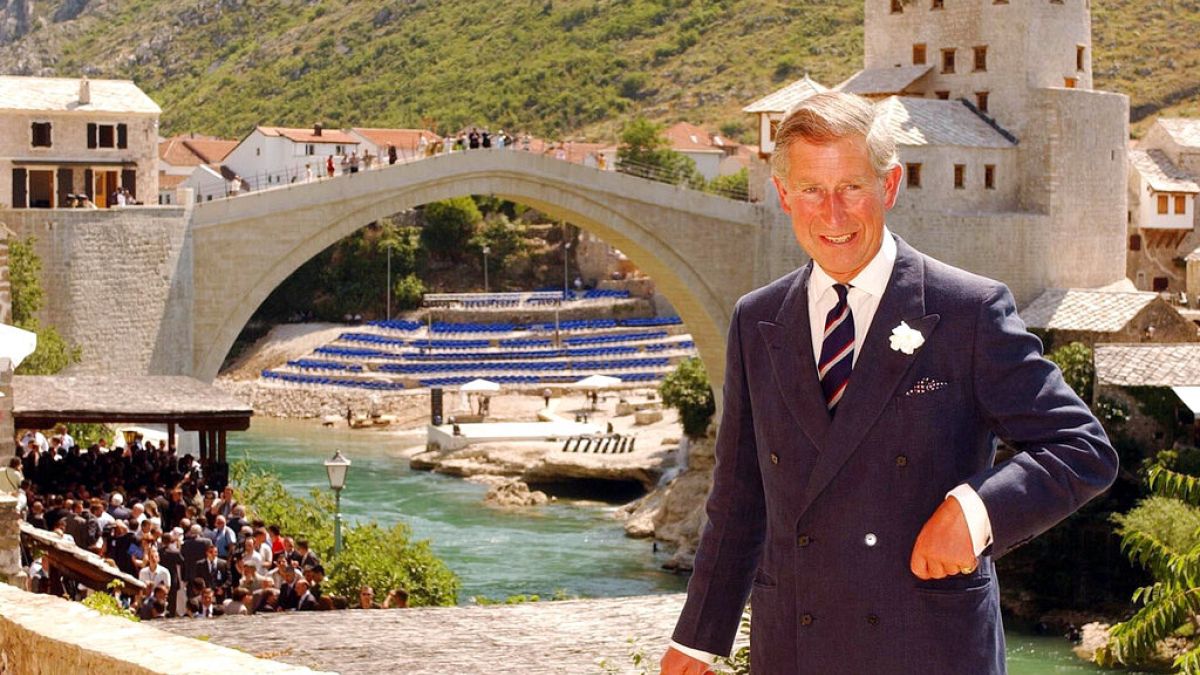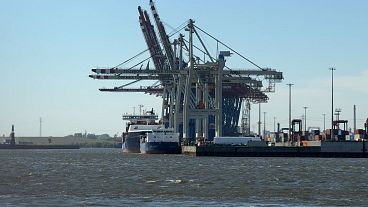Bosnia and Herzegovina has achieved International Development Association (IDA) donor status in 2023, along with Armenia and Georgia, after three decades of being in need of funding itself.
The World Bank's International Development Association (IDA) hosted a series of events, including the IDA Regional Forum in Bosnia Herzegovina (BiH) from 22 July to 24 July. These events celebrated how far Bosnia has come in its reconstruction and economic resilience journey after the Bosnian war, as well as the partnership between the country and the IDA.
The IDA is the World Bank branch that provides financial and development support to low and lower-middle-income countries. It is often one of the key sources of help in these countries, and has gone a significant way in supporting countries to rebuild infrastructure, invest in future generations and rehabilitate lives ravaged by long-term wars and economic collapses.
The Bosnian Forum also marks Bosnia's recent transition from a country needing to be funded by the IDA to becoming an IDA donor itself. 2024 is also a the IDA's 21st replenishment year, during which the organisation negotiates financing and policy package with donor countries such as the US, UK and Germany for the next three years.
Bosnia and Herzegovina had been considerably battered by the Bosnia war, which took place between 1992 and 1995. Even after the war, things did not get much better for Bosnia's economy, infrastructure and way of life.
Most of the population required food aid. Several services and basic infrastructure facilities were destroyed or out of use, with minefields making reconstruction an infinitely more complicated task.
Bosnia's economic output also plunged to merely 10% to 30% of the pre-war levels by late 1995. Gross domestic product shrank to below 20% of pre-war levels by the same time, with the per-capita income being less than $500 (€460.50). Military and police checkpoints everywhere, heavily restricting freedom of movement also contributed significantly to the challenges of economic recovery.
As a result, the country had to depend on considerable foreign aid, including from the IDA.
It is often one of the key sources of help in these countries, and has gone a significant way in supporting countries to rebuild infrastructure, invest in future generations and rehabilitate lives ravaged by long-term wars and economic collapses.
The IDA has dispersed $533 billion in funds to 115 countries since 1960, mainly through low-interest loans and grants. These allow countries with insufficient resources due to economic underproductivity, political turmoil and other conflicts to still have access to affordable finance.
How has the IDA helped Bosnia and Herzegovina?
To mark three decades of Bosnia and Herzegovina and the World Bank's partnership, the IDA released a report in July called: "A journey from post-conflict reconstruction to sustainable peace and development".
One of the main ways that the IDA has helped Bosnia and Herzegovina is through the reconstruction and development of the country, which was happening even before the war ended in 1995. Key amongst those reconstruction efforts were the rebuilding the Mostar Bridge, a cultural and heritage landmark of the country for decades.
Dr Rajko Tomas, member of the Academic Community in BiH said, in the report: "Within a short span of time, World Bank experts gained trust across Bosnia and Herzegovina, addressing issues of reconstruction, improving living conditions, ensuring economic sustainability, reducing poverty, implementing reforms and envisioning the future, all what the ordinary people in the country strove for. This is precisely why the World Bank became a trusted partner in all parts of Bosnia and Herzegovina."
Since 1996, the IDA has invested more than $2.8bn (€2.58 bn) in Bosnia and Herzegovina.
Another important way the World Bank helped Bosnia regain its footing in a post-war environment was supporting it in transitioning from a socialist to a market economy.
As Monique Koning, the former adviser to the executive director at the World Bank Group said in the report: "One cannot eat peace, therefore attracting private sector investments in Bosnia and Herzegovina after the war was key to jumpstart the economy and create jobs."
Through projects such as the Privatisation Technical Assistance Project, the Enterprise and Bank Privatisation Adjustment Credit, Employment Support Projects, the Private Sector Credit Project and others, the IDA helped significantly in restabilising and growing the country's private sector and attracting foreign investment.
The World Bank also assisted in helping develop economic and civil services including transportation, waste management, urban housing and infrastructure, power generation, water supply, landmine clearing and agriculture development.
Over the past three decades of partnership, the country's GDP has tripled, with exports seeing a 10-fold surge, with social and economic improvement as well.
Bosnia and Herzegovina's combined efforts with the IDA to transition its market, maintain its fiscal stability and reduce poverty have led to the country finally achieving donor status last year, along with Armenia and Georgia. This will allow it to continue supporting poorer countries through the IDA, as well as serving as an inspiration to other war-torn countries.
Important steps have also been taken with regards to their future partnership, with the World Bank Group Board of executive directors recently supporting a Country Partnership Framework for 2022-2026. This will be mainly aimed at developing employment in the private sector, as well as strengthening the country's resilience to climate change. It will also enhance sustainable service delivery and provide advice, analysis and financing.
The World Bank is also supporting the country in one of its most important future goals, which is ultimately to join the EU.
With regard to this, the report says: "With Bosnia and Herzegovina set on joining the EU, supporting the integration process has become the overarching theme of the World Bank's country partnership strategies and projects.
"The most important objectives include helping BiH improve the competitiveness of its economy and services for the most vulnerable groups, achieve its decarbonisation goals and ensure the sustainable use of natural resources."
How can the Western Balkans meet climate goals?
Achieving climate goals remains an important criteria for Bosnia and Herzegovina, as well as several of its neighbours to retain and accelerate the economic progress and development they have seen so far.
The World Bank recently released its Western Balkans 6 Country Climate and Development Report, outlining policy recommendations for Bosnia and Herzegovina, Montenegro, Albania, Serbia, North Macedonia and Kosovo in order to meet their net zero 2050 goals.
These recommendations are mainly based on transboundary, transversal and targeted policies.
Xiaoqing Yu, World Bank Country Director for the Western Balkans said, in a press release: "Climate change poses a clear threat to economic development in the Western Balkans. The costs of investing in adaptation are significant. But the good news is that the benefits are even higher.
"By preparing for climate hazards, we can save lives, safeguard local communities and stimulate economic growth."
Transversal policies help the government maintain a coordinated effort across various sectors, by ensuring that agencies are aligned and policy duplication is reduced. These include things like decreasing transport fuel and energy subsidies, in order to discourage the use of fossil fuels and encourage the shift towards renewable energy, while also supporting local and fragile communities.
They also include growing the green finance market by issuing more social and green bonds, in order to attract investments in the climate transition.
Targeted policies involve catering to the unique needs of vulnerable communities, and developing and implementing effective solutions for those. These include changes and improvements in labour training and education, as well as trying to integrate climate-positive practices into the population from a young age.
Transboundary policies involve international coordination, by enhancing regional and geopolitical ties, as well as institutions. Examples of these are knowledge sharing when it comes to both intellectual and physical resources, developing efficient early warning systems, and coordinated energy systems.

